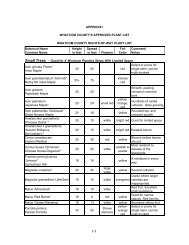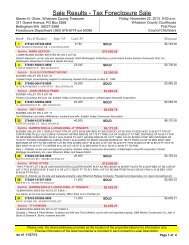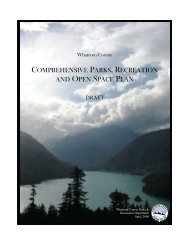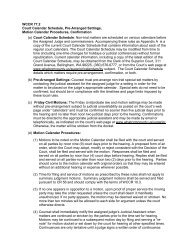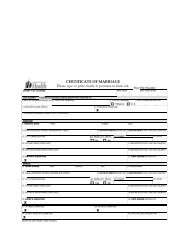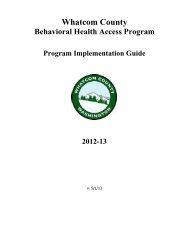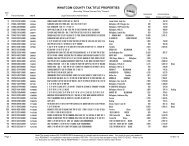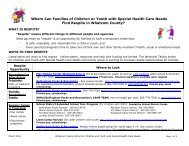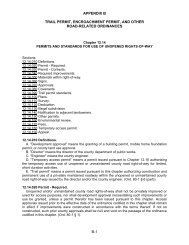Poisonous Plants Booklet - Whatcom County
Poisonous Plants Booklet - Whatcom County
Poisonous Plants Booklet - Whatcom County
You also want an ePaper? Increase the reach of your titles
YUMPU automatically turns print PDFs into web optimized ePapers that Google loves.
BUTTERCUP<br />
Ranunculus sp<br />
Description: There are two types of<br />
buttercup which are weedy in northwest<br />
Washington. Creeping buttercup<br />
(Ranunculus repens) has bright<br />
yellow flowers with 5 to 10 petals.<br />
The green leaves have dark markings<br />
across the top. It is a creeping, low<br />
growing plant. Tall buttercup,<br />
(Ranunculus acris) grows up to 3 feet<br />
tall. The flowers have five shiny, yellow<br />
petals, which are 1/2 inch long.<br />
The leaves are toothed and deeply<br />
divided. Both buttercups are native to<br />
Europe. They are most often found in<br />
moist pastures and meadows. Buttercups generally bloom from April to<br />
June.<br />
Toxicity Rating: Low<br />
Toxic Part: The juice of the entire plant contains the toxin ranunculin.<br />
Signs/Symptoms: When buttercup<br />
is eaten by livestock, it irritates<br />
the mouth and intestinal<br />
tract. This can result in blisters<br />
and ulcers. All livestock can be<br />
affected. When the plant occurs<br />
in dry hay it is harmless. Unfortunately,<br />
moving contaminated<br />
hay is a common way of spreading plants to other sites.<br />
Animals will avoid buttercup when there is dependable alternative forage,<br />
but this allows the plant to seed and spread freely. Eventually it can overrun<br />
a pasture. Avoid overgrazing.<br />
4



